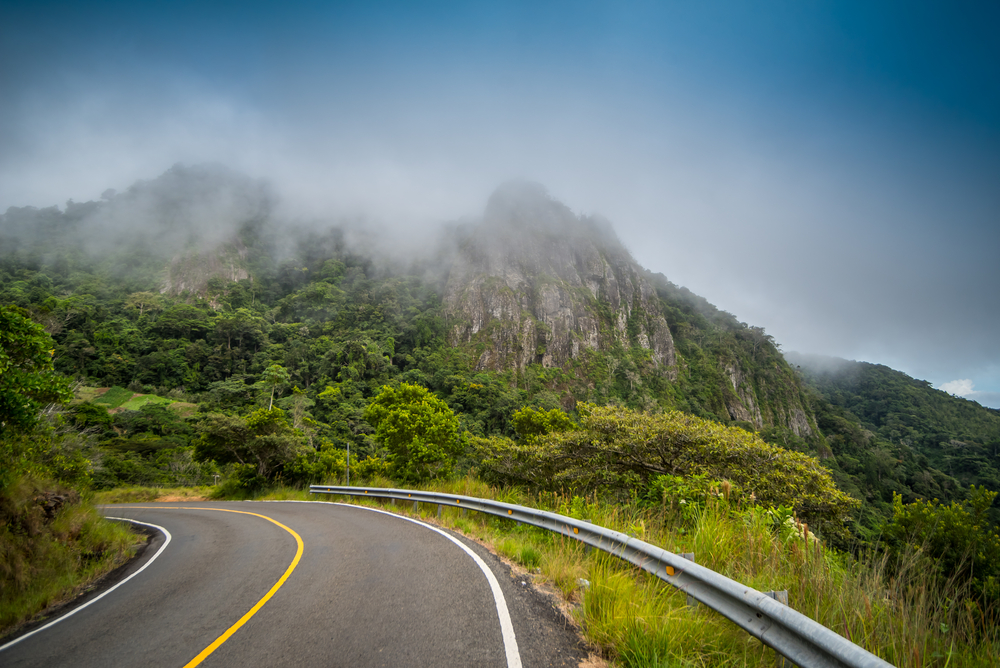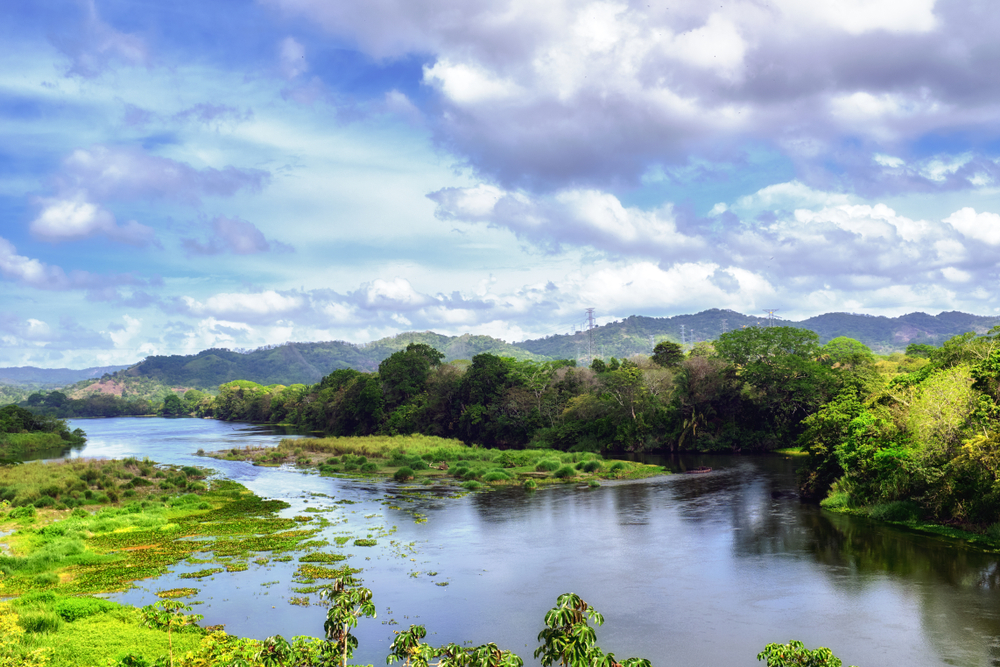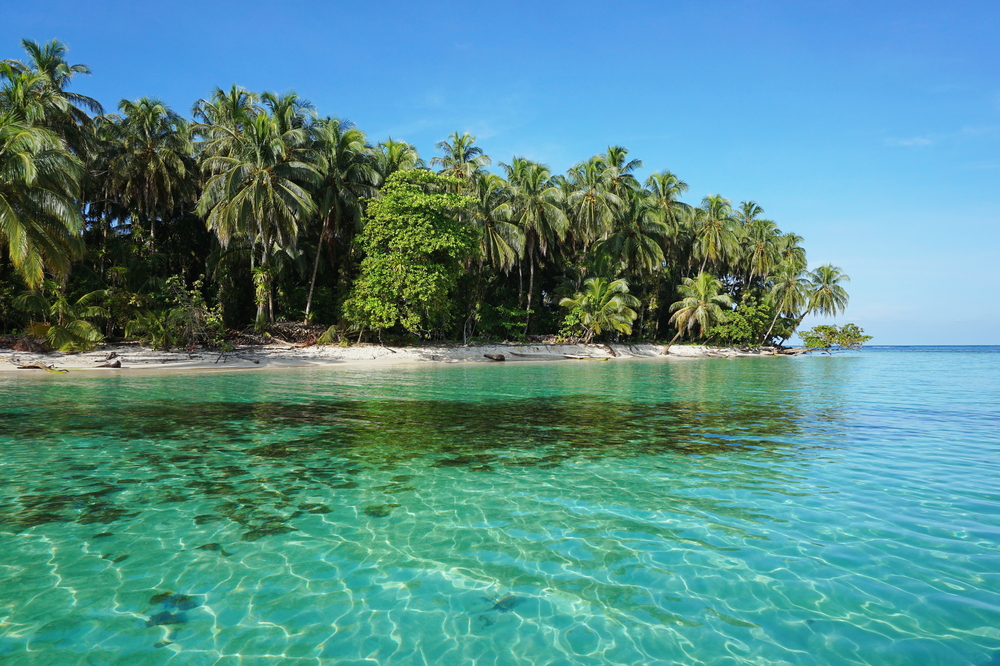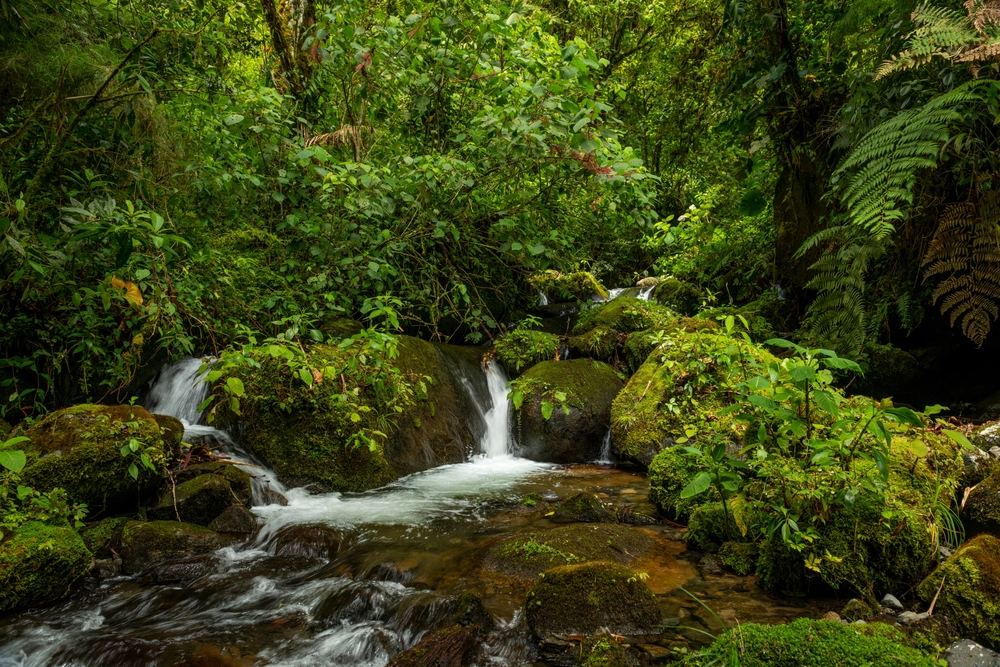Omar Torrijos Overview
Omar Torrijos National Park, known locally as Parque Nacional Omar Torrijos, is a protected natural area in central Panama, covering approximately 25 square miles (65 square kilometers).
Located in the Coclé Province, the park lies within the Cordillera Central mountain range, providing visitors with a diverse landscape of cloud forests, rugged hills, and deep valleys. Named after former Panamanian leader Omar Torrijos, the park is known for its role in conservation and ecological preservation, offering an essential refuge for wildlife and a serene destination for nature enthusiasts.
The park’s terrain is a mixture of steep ridges, rolling hills, and dense cloud forests, often draped in mist, creating a mystical atmosphere. The elevation varies, with the highest peaks offering breathtaking views of the surrounding countryside.
Among the park’s most prominent features is Cerro Marta, a peak that stands out as a favorite hiking destination for visitors seeking panoramic views of the forest canopy. The region’s fertile volcanic soil supports lush vegetation, including towering trees, moss-covered trunks, and a rich understory of ferns and orchids. Streams and small waterfalls cascade through the park, nourishing the vibrant ecosystem that flourishes under its dense canopy.
Wildlife enthusiasts visiting Omar Torrijos National Park can expect to see a remarkable diversity of species, with both endemic and migratory animals inhabiting the area. Mammals such as Baird’s tapir, ocelots, and howler monkeys thrive in the dense forests, while white-faced capuchin monkeys can often be spotted swinging through the trees. Birdwatchers will be particularly drawn to the park’s avian diversity, with over 300 bird species recorded.
The resplendent quetzal, a striking and elusive bird, is one of the park’s highlights, along with toucans, trogons, and various species of hummingbirds. Reptiles and amphibians, including colorful poison dart frogs and iguanas, can also be found throughout the park, adding to the region’s biodiversity.
Visitors are drawn to Omar Torrijos National Park for its peaceful, unspoiled beauty and the opportunities for adventure within its natural surroundings. Hiking is one of the most popular activities, with trails winding through dense forest, leading to scenic viewpoints, waterfalls, and wildlife observation points.
The trails vary in difficulty, from gentle paths suitable for casual walks to more challenging routes leading up the mountains. Camping is permitted in designated areas, allowing visitors to immerse themselves in the tranquility of the park.
Guided tours offer a deeper understanding of the park’s ecology and history, while birdwatching excursions cater to those hoping to spot rare and exotic species. Photographers and nature lovers will find endless inspiration in the ever-changing light and mist of the cloud forest.
Despite its beauty and ecological significance, Omar Torrijos National Park faces conservation challenges, including deforestation pressures from surrounding areas and the effects of climate change on its delicate cloud forest environment.
However, the park’s management, in collaboration with conservation organizations, has made significant efforts to protect its biodiversity. Sustainable tourism initiatives and local community involvement have helped ensure the park remains a sanctuary for wildlife while providing educational and economic benefits to nearby communities.
Continued conservation efforts are crucial in maintaining the park’s ecological balance and protecting its unique flora and fauna for future generations.

















































































